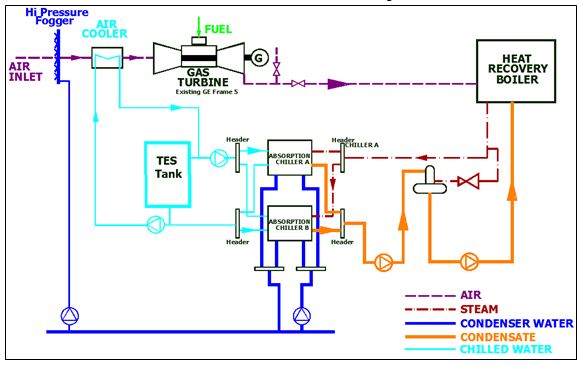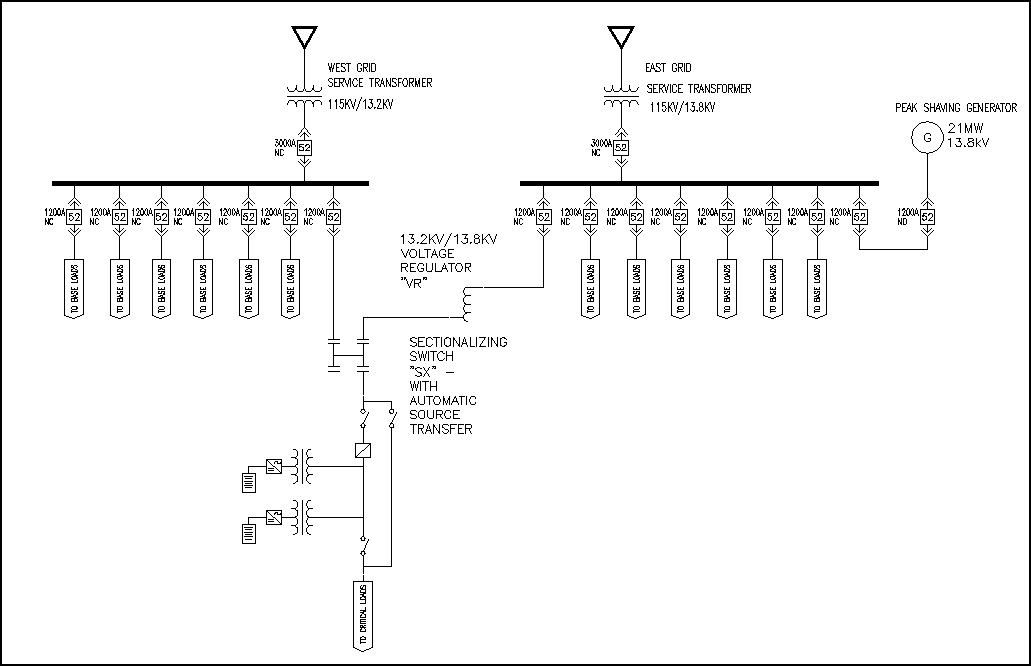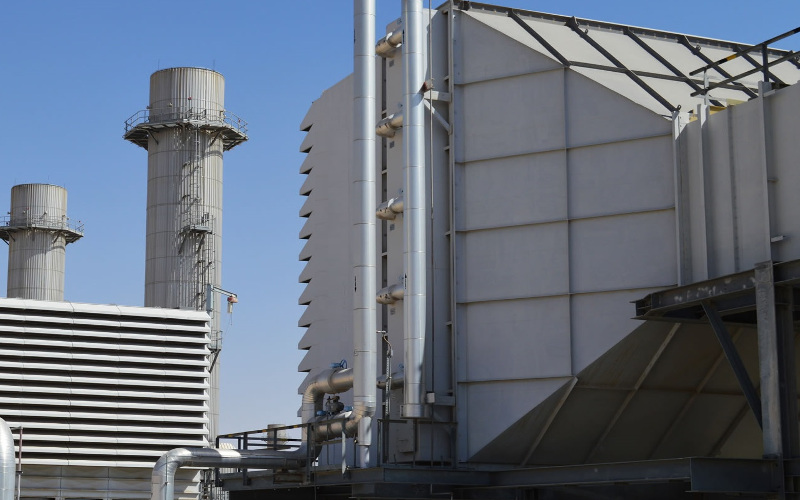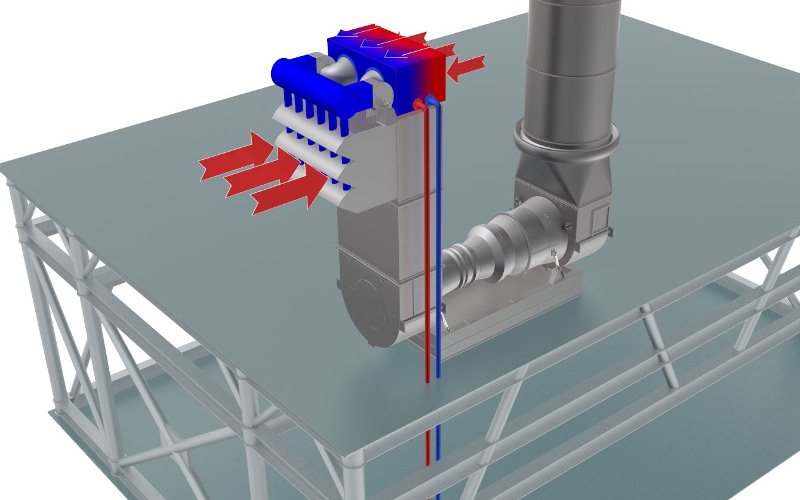Project Description
Project Name
Desert-Environment Hybrid Energy Storage
Location
Fort Bliss, Texas
Challenge
Large-Scale Energy Storage & Demand Reduction
Description:
Fort Bliss is a U.S. Army post located in the states of New Mexico and Texas, with its headquarters located in El Paso. Ft. Bliss has an incredibly large footprint, encompassing an area of about 1,700 square miles. It is the U.S. Army Forces Command’s (FORSCOM) largest installation, hosting the Army’s largest Maneuver Area (992,000 acres) and Training Center (642,000 acres).
Fort Bliss was interested in developing and installing the Army’s first microgrid to conserve resources, provide energy security, and be a model for microgrids throughout the base and other Army bases. An imperative design requirement was that the system be scalable and provide a tactical solution to energy independence in the future. Leadership staff at the Post were also concerned about emerging cyberwarfare threats on our nation’s utility grid.
Specific concerns about extended power outages caused by an increasingly fragile electric grid created the desire to look for energy solutions that could be paid with savings since existing budgets weren’t sufficient to fund such an initiative with appropriated funds. As such, an energy savings performance contracting (ESPC) solicitation was initiated with the ultimate goal of providing a system that would integrate renewable energy, local power, energy storage, and load management into a microgrid configuration to provide uninterrupted continuous power in adverse conditions.
The scope issued by Fort Bliss required that the microgrid contain energy storage of sufficient size and scale so as to provide meaningful ability to impact peak demands at the facility. As employees of Chevron USA Inc. at the time of solicitation release, Power Surety staff responsible for early project development activities quickly realized that a hybrid energy storage system using thermal storage would provide the best opportunity for at-scale energy storage construction and operating costs to be paid from energy and other cost savings. Multiple-hour duration energy storage systems can cost upward of $2,000/kW for most battery-based storage technologies as opposed to costs in the neighborhood of $200/kW for a hybrid system utilizing thermal energy storage (TES) coupled with turbine inlet cooling (TIC).
Hybrid Energy Storage and Microgrid Overview
Concept Design of Proposed 1 MWh Hybrid Storage

Thermal Energy Storage (TES) w/ Turbine Inlet Cooling (TIC)
Virtual Energy Storage – Hybrid Turbine Inlet Cooling System
The strong influence of climate conditions on gas combustion turbine efficiencies is well known. The output of gas turbines falls to below the rated output under both high-temperature conditions and above-sea level elevations. Fort Bliss owned a 21 MW GE Frame 5 peaking power generation plant to curtail electrical demand during peak periods, but the system was significantly limited by both above-sea level elevation and nearly continuous high-temperature conditions during peak pricing timeframes. Fort Bliss’ average summertime high temperatures of >95°F with peak temperatures exceeding 110°F, drive electrical demand higher and occur coincidently with the gas turbine heat rate increase that requires more fossil fuel usage. As a result, the typical maximum output the unit can achieve during these periods is approximately 13 MW or only 62% of rated output capacity.
Cooling turbine inlet air can dramatically increase output power since cooled air is more dense, giving the turbine a higher mass flow rate that results in increased turbine output and efficiency. Various means of cooling the inlet air can be used, including direct and indirect evaporation, chilled fluid, and hybrid application of these methods. A hybrid TIC approach utilizing high-pressure fogging upstream and chilled water downstream provides maximum economic viability.
Improved Heat Rate Performance
Using waste heat to generate chilled water in concert with evaporative cooling, lowers inlet air temperatures, leading to improved heat rate performance and enhanced power production, or stated formulaically, ton-hours IN is proportional to kWh OUT.
Using TES to store chilled water generated from waste heat during operation of the peaker plant early in the day, (cooler temperatures) followed by utilizing the stored thermal energy later in the day, (hottest daily temperatures) further drops inlet air temperatures and significantly increases power output, leading to enhanced kWh production.

Given the positive economics associated with the above-described approach, it was submitted as Chevron’s proposed response to Fort Bliss’ ESPC solicitation despite the fact that the government might view it as non-responsive since the proposed approach accomplished the peak shaving requirement by enabling an existing asset to perform more efficiently rather than proposing the installation of a battery storage project. Our general thinking was that it was better to propose the solution that satisfied the government’s operating requirements at the lowest lifecycle cost rather than proposing a solution that was not economically viable.
Utility Scale Energy Storage Comparison Matrix

Installations employing TES for TIC on facilities similar to Fort Bliss’ have recorded storage efficiencies approaching 100 percent. The reason for such high efficiency is that every 1,000 ton-hours of stored thermal energy deployed in a TIC system equates to an additional 1,000 kWh of energy production. Most utility-scale electrical energy storage technologies were either cost prohibitive or were simply not considered commercial technologies at the time. Both of these factors make the inclusion of battery storage technologies in ESPC projects challenging, even in geographies such as California and Hawaii.
The design approach of using TES in concert with a TIC retrofit to the existing combustion turbine easily represented the best commercially available and most cost-effective approach to incorporating utility-scale microgrid peak shaving at Fort Bliss. The following table illustrates this point and compares the energy storage economics of recent projects.
Cross-Tied Electrical Services for Hybrid Energy Storage and Microgrid Capability
Increased peaker generation capability provided by the hybrid TES for TIC allowed for greater demand reduction potential that would likely have exceeded the demand requirements of Fort Bliss’ east grid. Cross-connecting the east and west sub-transmission grids, as proposed, would have provided increased capability to lower peak demands on additional circuits. Reliability improvements would also have been achieved with the ability to seamlessly source utility power from differing transmission paths and generating stations.
Added voltage regulation was also proposed to equalize disparate line voltages between the two services. Static switching and short-term energy storage capability (Great than 30 seconds) would provide seamless transition between critical loads on the various services and power quality and availability would also have been improved.
The sequence of operation for switching was proposed as follows:
- Upon call for peak shaving, the peak shaving generator will start, synchronize to the grid, close the output breaker, and begin to supply power to the service transformer secondary.
- Once the generator is up to speed and has closed the output breaker, the sectionalizing switch (SX) will initiate an open transition transfer to the generator bus.
- The battery-based ride through system will sense the loss of power due to the SX switching and open the static switch. The critical load will be supported by the battery and inverter system during this time, such that the critical load is uninterrupted.
- Upon restoration of power through the voltage regulator (VR) and SX, the ride-through system will synchronize and re-close, then soft-transfer the load to the generator.
- The generator will operate such that a net import of 1MW is always maintained.
Medium Voltage Bus Interconnect

Demand reductions on the west sub-transmission grids allowed for tariffs to be re-structured on the east grid. And in spite of significantly lower demand reductions as compared to the west grid, it was expected that tariff savings would have been significant.
The well-devised, innovative, and economically and operationally viable approach proposed by PowerSurety principals who were Chevron employees at the time, was ultimately not accepted by the government. However, lessons learned from most activities can be just as important as outcomes themselves. Our lessons learned were as follows:
- Microgrids are all different and are not one-size-fits-all type propositions.
- Facility owners should not procure microgrids by specifying prescriptive system structures.
- Microgrids should be developed by specifying operational and economic requirements, desired outcomes, and key performance indicators.
- When presented with challenging requirements, industry oftentimes innovates and provides viable solutions that may have never been contemplated by the owner or host facility.
- Comprehensive microgrids are most often developed in iterative fashion by separately combining individually viable components into fully-integrated systems.
- Master-planning aimed at inventorying all current assets and defining desired operational and economic outcomes enables the iterative development of microgrids as critical loads are isolated and prioritized based on organizational strategic and mission requirements.



